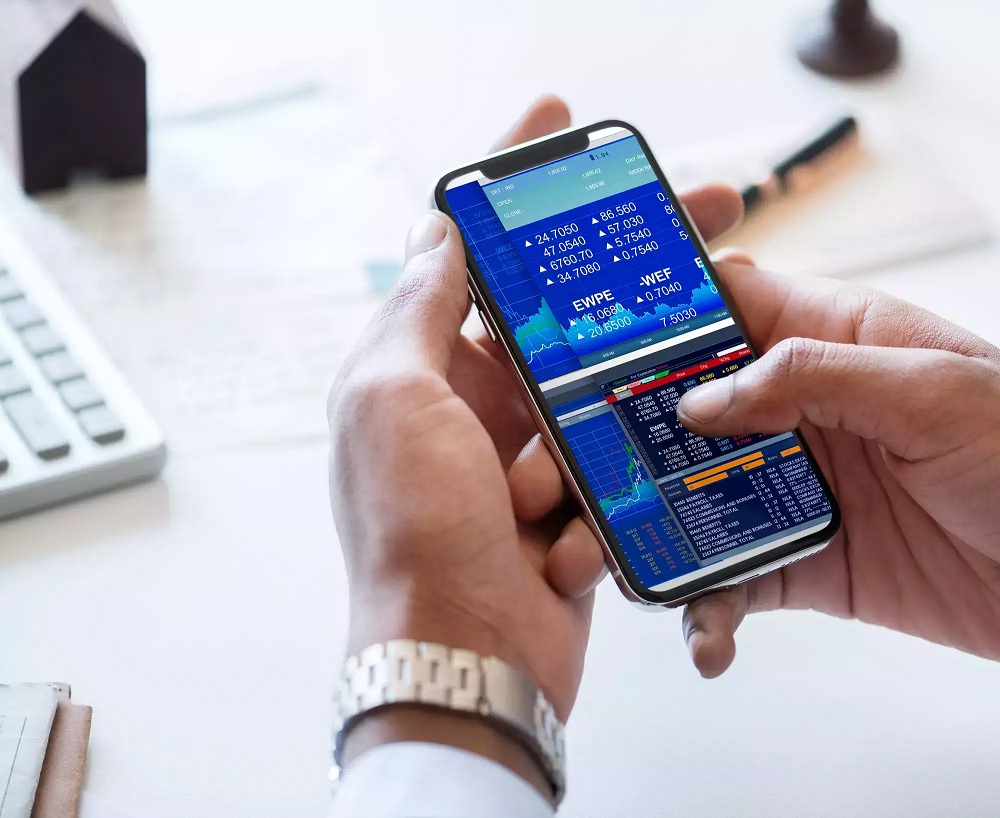Currency rate futures vs interest rate futures

Currency rate futures are financial contracts that oblige the buyer to purchase a specified amount of currency at a specified price on a specified date in the future. The buyer is said to have ‘locked-in’ the future purchase price of the currency in forex. Currency rate futures are traded on exchanges and are used by hedgers to protect themselves from adverse movements in currency exchange rates.
Interest rate futures, on the other hand, are financial contracts that oblige the buyer to purchase a specified amount of a financial instrument (usually a bond) at a specified price on a specified date in the future. The buyer is said to have ‘locked-in’ the future purchase price of the instrument. Interest rate futures are traded on exchanges and are used by hedgers to protect themselves from adverse movements in interest rates.
Products traded
Currency rate futures contracts oblige the buyer to purchase a specified currency, while interest rate futures contracts oblige the buyer to purchase a specified financial instrument. The most common instrument traded in interest rate futures contracts is a bond.
Purpose
Hedgers use currency rate futures to protect themselves from adverse movements in currency exchange rates. In contrast, interest rate futures are used by hedgers to protect themselves from adverse movements in interest rates.
Pricing
The price of a currency rate future is determined by the spot exchange rate of the underlying currency at the time of trading. In contrast, the price of interest rate futures is determined by the yield of the underlying instrument at the time of trading.
Expiration
Currency rate futures contracts expire on the last business day of the month, while interest rate futures contracts expire on the third Wednesday of the delivery month.
Settlement
Currency rate futures are settled in cash, while interest rate futures are settled in the underlying instrument.
Contract size
The contract size for currency rate futures is usually 1,000 units of the underlying currency. In contrast, the contract size for interest rate futures varies depending on the instrument being traded. For example, the contract size for Treasury bond futures is $100,000.
Margin requirements
Currency rate futures have lower margin requirements than interest rate futures because currency price movements are generally smaller than interest rate movements.
Types of contracts
The most common type of currency rate future is the deliverable forward contract. The most common type of interest rate future is the Eurodollar futures contract.
What are the risks of trading futures?
Interest rate risk
Interest rate risk is the risk that changes in interest rates will adversely affect the financial instrument’s price you are holding. This type of risk is relevant to both currency and interest rate futures.
Credit risk
Credit risk is the risk that the counterparty to a transaction will not be able to fulfil their obligations. This type of risk is relevant to both currency and interest rate futures.
Liquidity risk
Liquidity risk is the risk that you will not be able to find a buyer for your position when you want to exit the market. This type of risk is relevant to both currency and interest rate futures.
Market risk
Market risk is the risk that the market will move against you. This type of risk is relevant to both currency and interest rate futures.
Margin call risk
Margin call risk is the risk that you will be required to deposit additional funds with your broker if the value of your account falls below the margin requirements. This type of risk is only relevant to margin-based accounts.
Benefits of trading futures
Protection against adverse price movements
Futures protect against adverse price movements in the underlying asset because you can enter into a futures contract to sell an asset at a fixed price, even if the market price of the asset falls.
Leverage
Futures provide leverage, which means that you can control a large amount of the underlying asset with relatively small capital. It allows you to make a larger profit (or loss) than if you had invested the same amount of money in the underlying asset directly.
Flexibility
Futures contracts are flexible, which means you can customise them to suit your individual needs. For example, you can choose the delivery date, the contract size, and the type of contract you want to trade.
You can trade futures with Saxo. Simply open an account and get started today.









